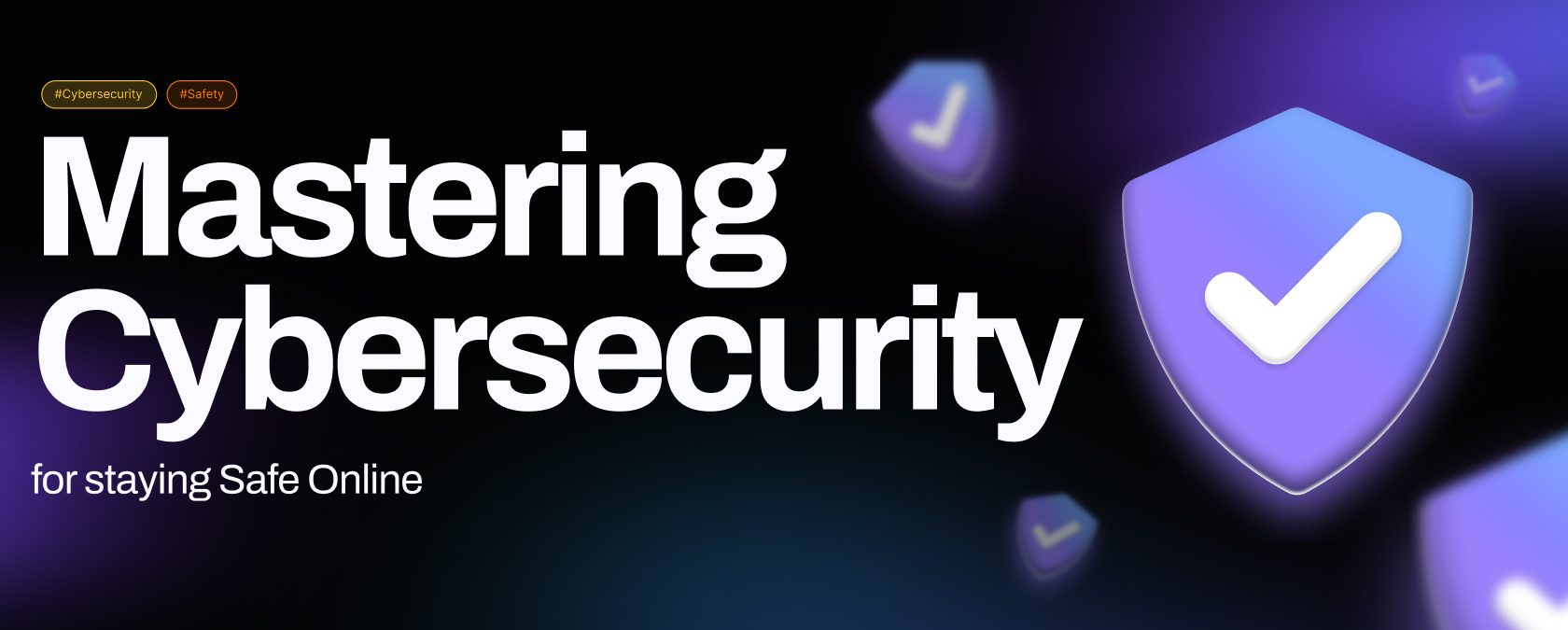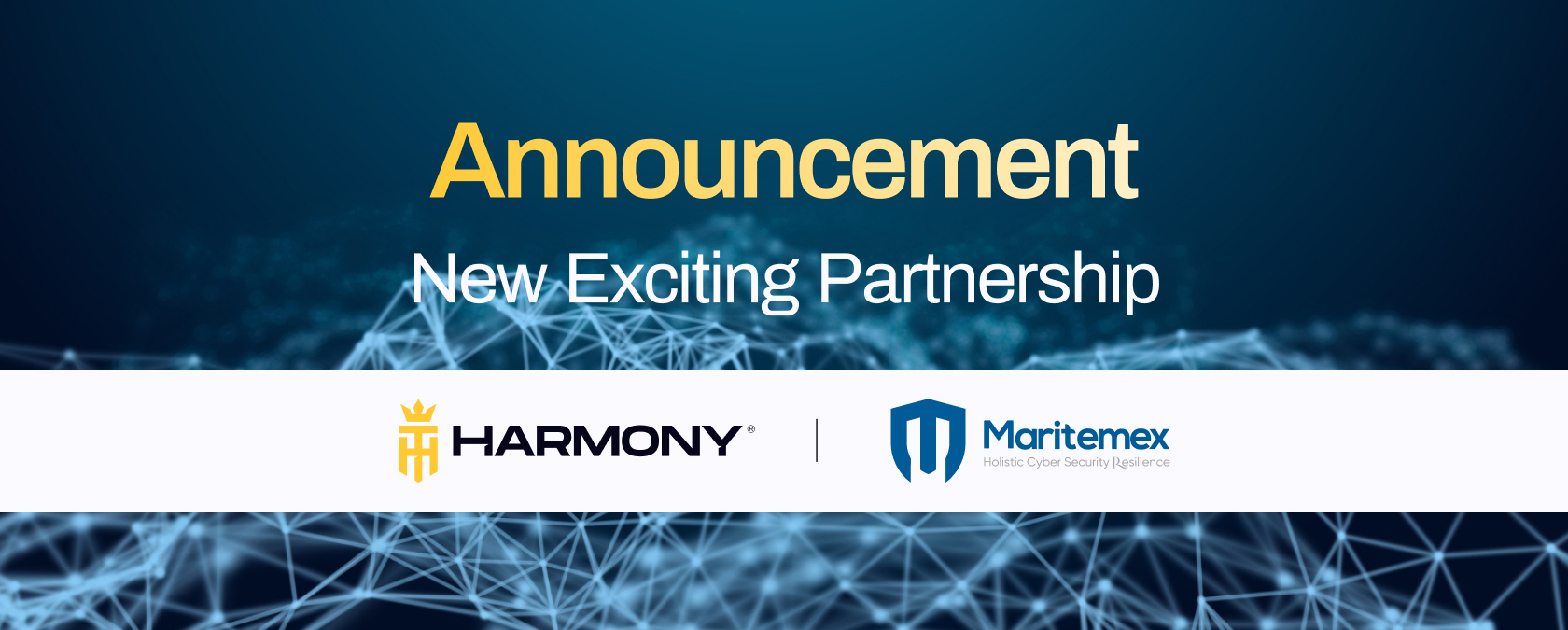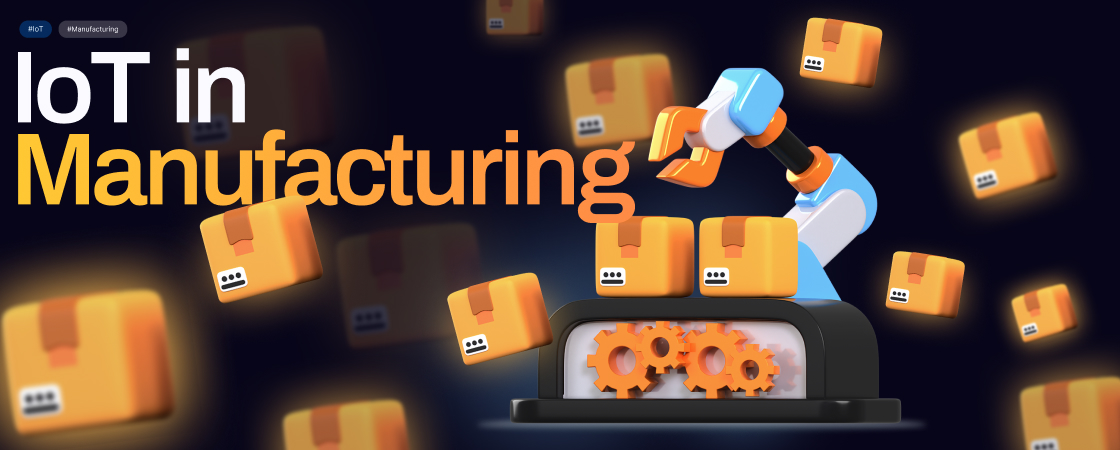The concepts of confidentiality, integrity, and availability are the foundation of cybersecurity, which has become essential to our digital age in order to protect our online actions and data. The goal of mastering cybersecurity is to assist students in recognizing dangers to their online safety, such as viruses, cyberattacks, and identity theft, and in implementing cybersecurity best practices to safeguard their online presence at home or at work. In order to improve cybersecurity and prevent cybercrime, important subjects covered include the threat landscape, authentication, networking, SIEM, antivirus, machine learning for cybersecurity, cloud security, and risk management frameworks.
Threat Landscape :
The cyber threat landscape is rapidly evolving, with malicious actors constantly adapting their tactics to exploit new vulnerabilities and capitalize on current events. Here’s a list of typical cyberthreats:
- Cyberterrorism : An assault on computers and information technology with the intention of causing harm and causing widespread disruption in society, is a threat motivated by politics.
- Malware : This type of threat includes viruses, worms, spyware, and ransomware. It can corrupt the system, obstruct access to your computer’s resources, install malicious software, or secretly transfer data from your data storage.
- Botnets : This particularly repulsive attack uses remotely controlled malware-infected machines to launch massive strikes. Imagine it as a network of computers controlled by a single, well-organized cybercriminal. Even worse, infected PCs are added to the botnet network.
- Adware : is a type of malware that poses danger. It’s commonly referred to as software that runs advertisements. Unwanted internet adverts are automatically generated by the adware virus, which is a potentially unwanted program (PUP) that was installed without your consent.
- SQL injection : uses Structured Query Language to introduce malicious code into a server that uses SQL.
- Phishing : is the practice of hackers deceiving a target into opening a fraudulent email and following instructions that usually request personal information.
- Man-in-the-middle (MITM) attacks: These types of attacks entail cybercriminals interfering with a two-person internet transaction. The hackers may sift and take wanted info once they’re inside. Unsecured public Wi-Fi networks are a common target for MITM attacks.
- Denial of Service (DoS): attacks are cyberattacks that overload a computer or network by flooding it with excessive “handshake” activities. This prevents the system from responding to user requests.
Risk Management :
We need to evaluate our attack surface and implement defensive strategies like multifactor authentication, frequent patching, antivirus software, and attack surface management tools in order to reduce these risks. Assessing and being up-to-date with different cyberthreats, such as malware, phishing, man-in-the-middle, DDoS, and SQL injection, is also crucial.
The NIST Chance Administration System (NIST RMF), ISO/IEC 27001:2013, and the NIST Network Safety System (NIST CSF) are a few key frameworks and standards for online protection risk assessment. IT risk necessitates a number of basic skills, including risk assessment, examination, single information storage, monitoring tools, flexible detailing, and executive systems gambling.
The best practices for network safety risk management for executives include assessing your IT environment and resources, identifying your strengths for a risk assessment, integrating risk assessments into culture and values, maintaining strict security measures, and maintaining consistent and dependable perceivability.
Cybersecurity Framework :
Network safety systems give organized rules and best practices to assist associations with upgrading their security stance and meet administrative consistency prerequisites. A few broadly embraced structures incorporate the NIST Network protection System (CSF), ISO 27001 and ISO 27002 Principles, SOC2, NRC-CIP, HIPAA, GDPR, FISMA, CIS Basic Security Controls, COBIT, CSA Cloud Controls Lattice, HTRUST CSF, Katakri, PCI DSS, Secure Controls Structure, CMMC 2.0, Fundamental 8, and Digital Fundamentals.
In outline, network protection has become a fundamental piece of our day-to-day existence, and becoming capable in it calls for sharpness, adaptability, and a devotion to long-lasting learning. People and associations might reinforce their advanced guards and unhesitatingly explore the internet based world by complying with these rules.





